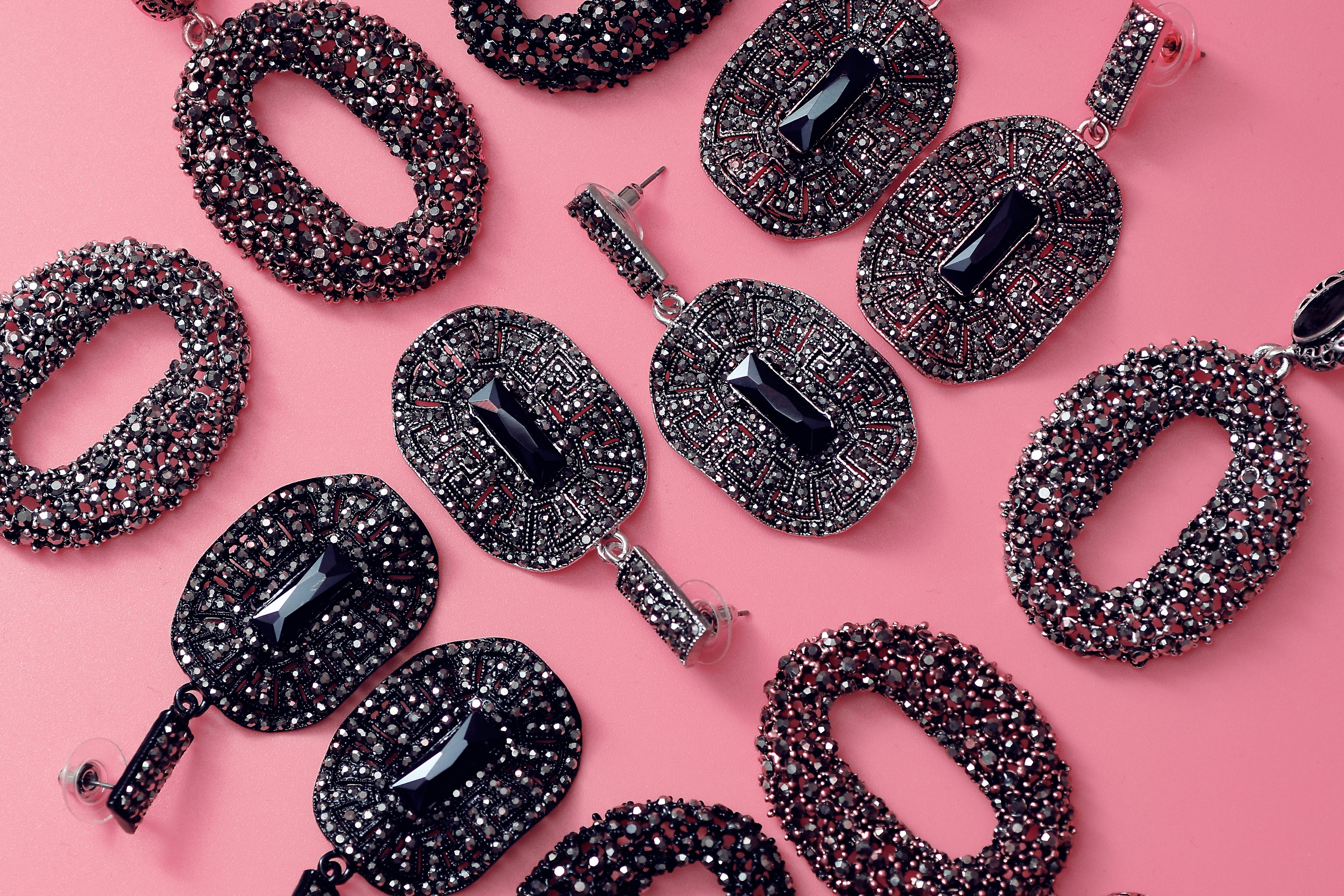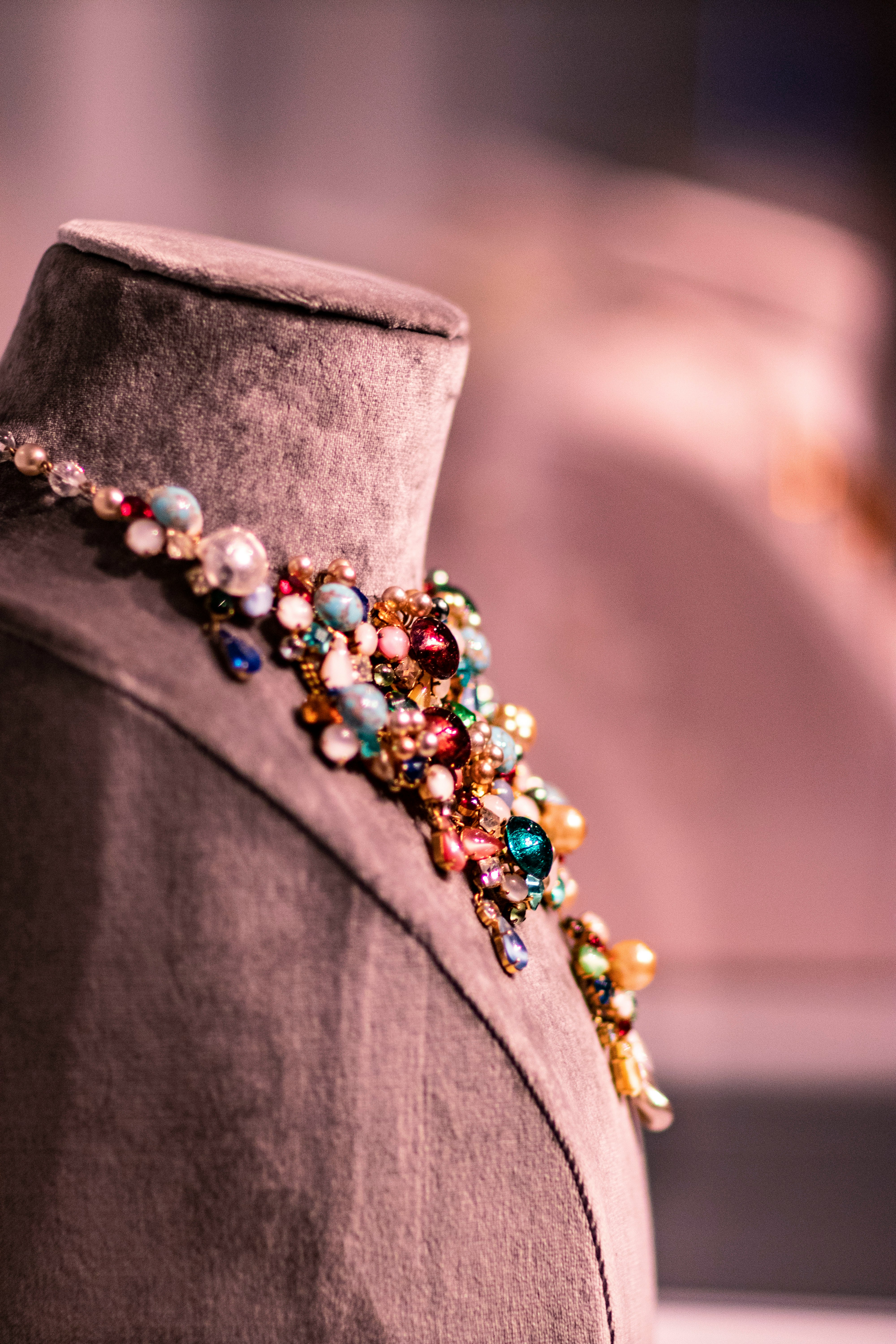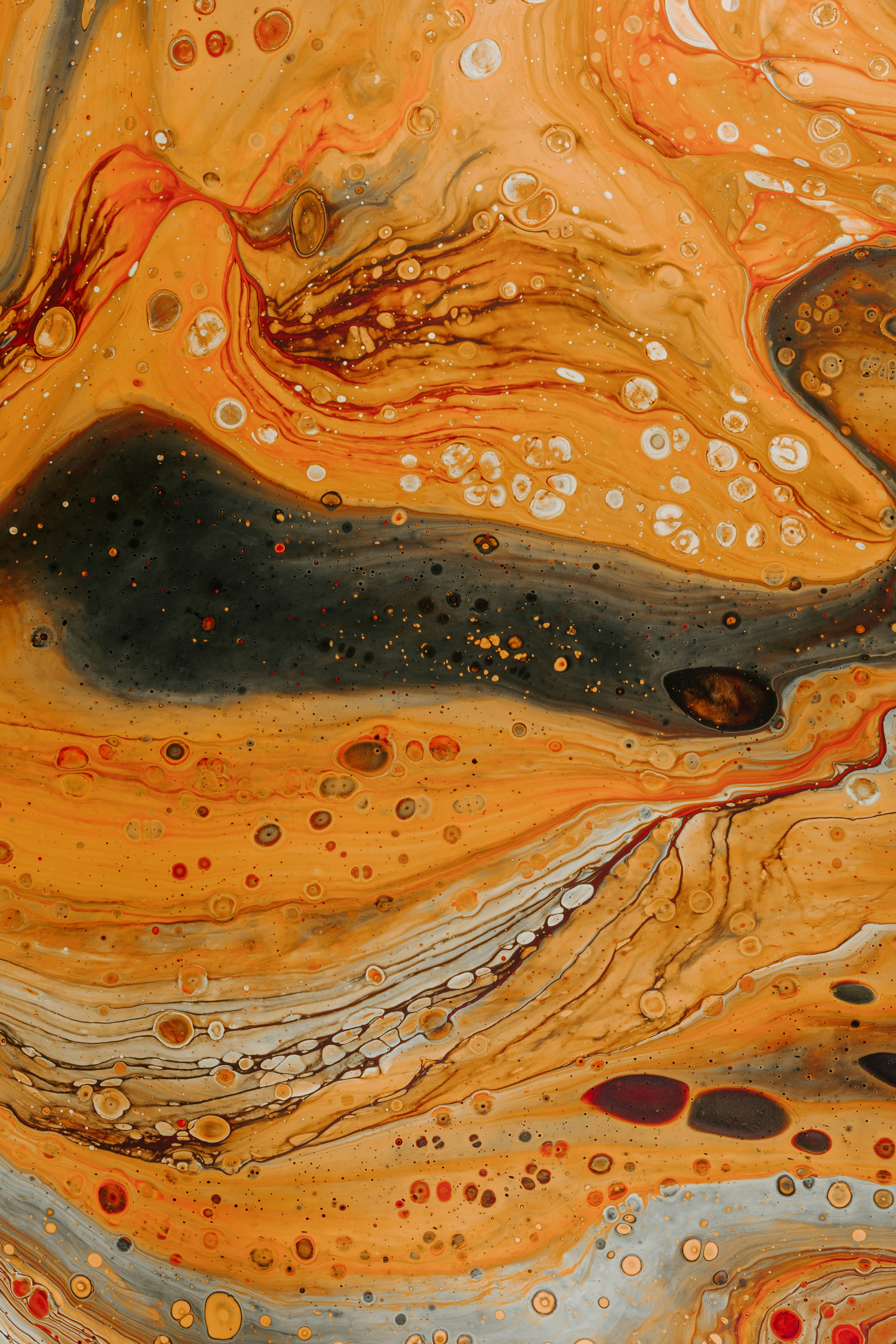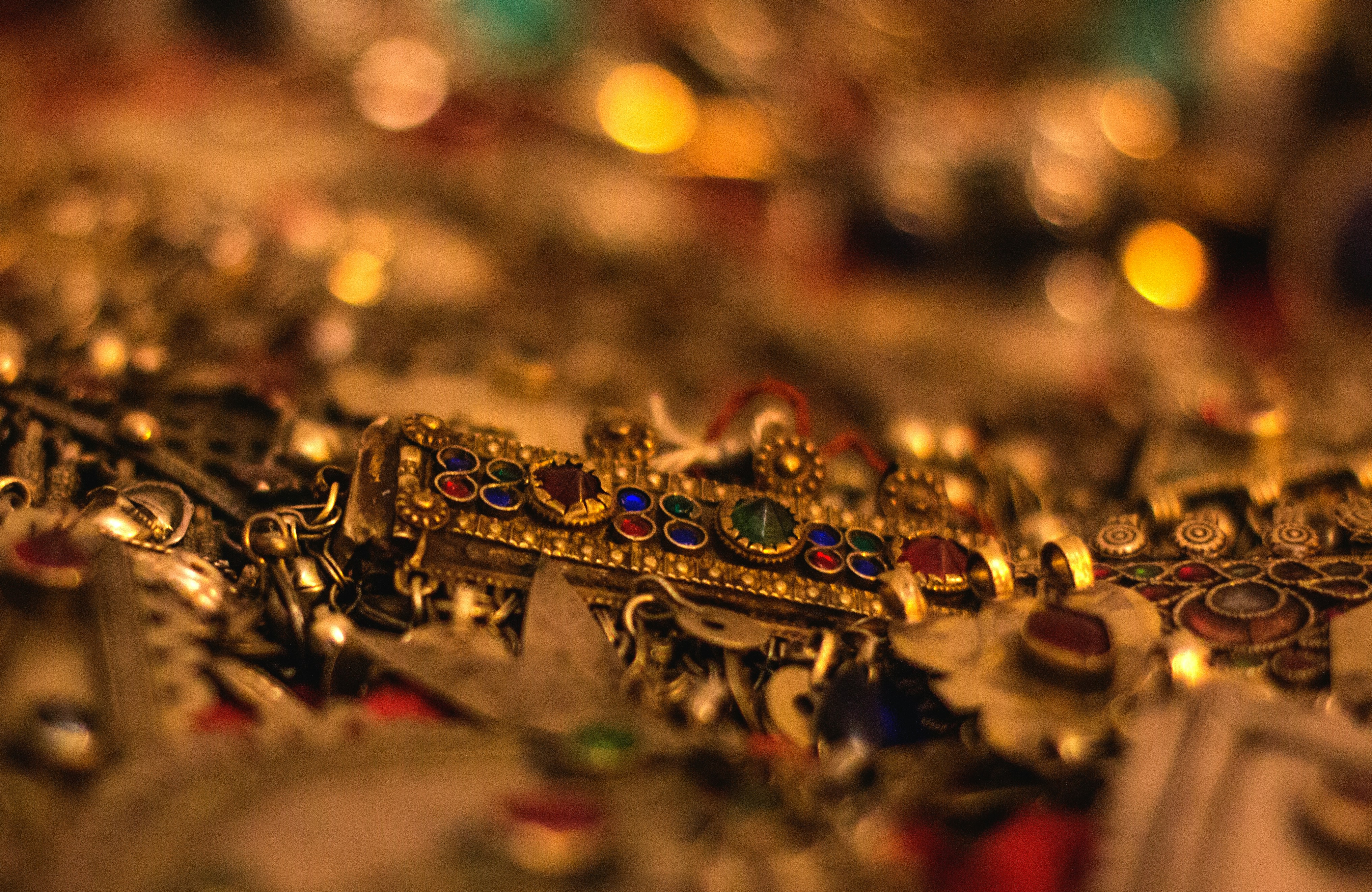Vintage Daniel Swarovski Jewelry Buying Guide
Alexander Kellerson
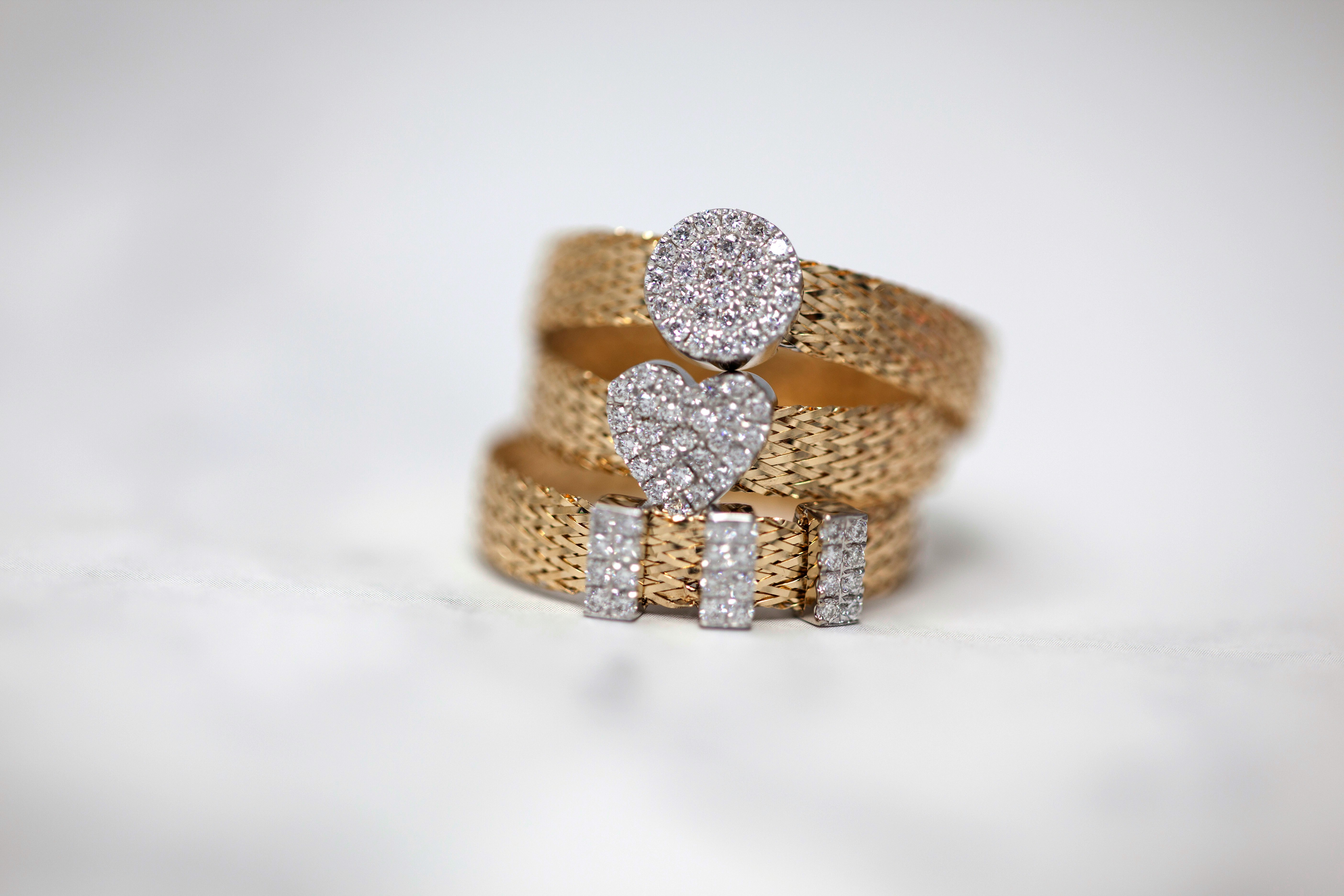
Introduction to Vintage Daniel Swarovski Jewelry
Vintage Daniel Swarovski jewelry represents a rich heritage of craftsmanship and timeless beauty. Known for their exquisite designs and sparkling crystals, these pieces have captivated collectors and jewelry enthusiasts worldwide. Understanding the background and significance of these vintage pieces can enhance your appreciation and guide your collecting journey.
Why Collect Vintage Daniel Swarovski Jewelry?
Collecting vintage Daniel Swarovski jewelry offers a blend of aesthetic pleasure and investment potential. Each piece showcases the meticulous craftsmanship and innovative design that Swarovski is renowned for. Additionally, as these pieces become rarer over time, their value often increases, making them a smart choice for collectors and investors alike.
Beyond their monetary value, vintage Swarovski pieces often carry a historical significance, reflecting the fashion and cultural trends of their time. This makes them not only beautiful accessories but also tangible pieces of history, adding a layer of depth to your collection.
Key Features of Daniel Swarovski Vintage Pieces
Daniel Swarovski's vintage pieces are characterized by their high-quality crystals and intricate designs. Look for features such as precision-cut stones, unique color combinations, and hallmark Swarovski elements like the signature swan logo introduced in 1988. These elements ensure you are purchasing a genuine piece of Swarovski artistry.
Another hallmark of vintage Swarovski jewelry is the use of innovative techniques in crystal cutting and setting. These techniques, combined with superior materials, result in pieces that not only dazzle with their brilliance but also stand the test of time in terms of durability and style.
How to Identify Authentic Vintage Swarovski Jewelry
Identifying authentic vintage Swarovski jewelry involves examining several key factors. First, check for the Swarovski logo, which can vary depending on the era of the piece. Early pieces may feature a block SC logo, while pieces from 1988 onwards will often display the swan logo. Additionally, inspect the quality of the crystals; genuine Swarovski crystals are known for their exceptional clarity and precision cuts.
Other authenticity markers include the craftsmanship and weight of the jewelry. Authentic pieces are typically well-made and heavier due to the high-quality materials used. Be wary of pieces with uneven settings, cloudy crystals, or missing logos, as these are common signs of counterfeits.
Popular Vintage Swarovski Jewelry Collections
Several vintage Swarovski collections have gained popularity among collectors. The 'Swarovski Crystal Society' (SCS) pieces are highly sought after, especially limited edition items. The annual editions, such as the Christmas ornaments and other themed collections, also hold significant value and appeal.
Another notable collection is the Daniel Swarovski Couture Collection, which features high-end, fashion-forward designs. These pieces often incorporate larger crystals and more elaborate settings, making them standout additions to any collection. Understanding these collections can help you identify valuable pieces and build a well-rounded collection.
Where to Buy Vintage Daniel Swarovski Jewelry
Finding authentic vintage Daniel Swarovski jewelry requires shopping from reputable sources. Online marketplaces such as eBay and Etsy can offer a wide selection, but it's crucial to verify the seller's reputation and the authenticity of the items. Look for sellers with positive reviews and a history of selling vintage jewelry.
Auction houses and antique stores are also excellent places to find vintage Swarovski pieces. These venues often have experts who can authenticate items and provide detailed information about their provenance. Additionally, attending jewelry shows and fairs can give you the opportunity to see pieces in person and ask questions directly to the sellers.
Caring for Your Vintage Swarovski Jewelry
Proper care is essential to maintain the beauty and value of your vintage Swarovski jewelry. Always store your pieces in a dry, cool place, away from direct sunlight. Using a soft jewelry pouch or box can prevent scratches and other damage. Avoid exposing your jewelry to harsh chemicals, such as perfumes or cleaning agents, which can tarnish the metal and dull the crystals.
Cleaning your vintage Swarovski jewelry should be done gently. Use a soft, lint-free cloth to wipe away any dirt or oils. For a deeper clean, you can use lukewarm water and a mild soap, but be sure to dry the piece thoroughly afterwards. Regular maintenance will ensure your jewelry remains dazzling and in pristine condition.
Investing in Vintage Daniel Swarovski Jewelry
Investing in vintage Swarovski jewelry can be both rewarding and lucrative. As these pieces become rarer, their market value tends to increase, making them a good investment. When buying for investment, focus on limited edition pieces, rare designs, and items in excellent condition, as these are more likely to appreciate in value.
It's also beneficial to stay informed about market trends and collector demands. Joining collector groups and following auctions can provide insights into which pieces are gaining popularity and value. Investing in vintage Swarovski jewelry is not only about financial gain but also about appreciating the artistry and craftsmanship behind each piece.
Spotting Fake Swarovski Jewelry
The market for vintage Swarovski jewelry is unfortunately rife with counterfeits. To spot fake pieces, always examine the quality of the crystals and settings. Genuine Swarovski crystals are flawless, with a brilliant sparkle and precise cuts. Fake crystals may appear cloudy or have visible imperfections.
Additionally, check for the presence of the Swarovski logo and any accompanying certificates of authenticity. Be cautious of deals that seem too good to be true, as they often indicate counterfeit items. Educating yourself on the characteristics of authentic Swarovski jewelry is the best defense against purchasing fake pieces.
Frequently Asked Questions About Vintage Swarovski Jewelry
In this section, we address some of the most common questions about vintage Swarovski jewelry. How can you date a piece of Swarovski jewelry? The logo and design style can often help determine the era of a piece. What affects the value of vintage Swarovski jewelry? Factors such as rarity, condition, and demand play significant roles in determining value.
Another common question is about the care and maintenance of these pieces, which we covered in detail earlier. For new collectors, understanding these aspects can help make informed decisions and foster a deeper appreciation for their vintage Swarovski pieces.
Conclusion: Starting Your Collection
Starting a collection of vintage Daniel Swarovski jewelry can be an exciting and fulfilling endeavor. With an understanding of the history, key features, and market trends, you can make informed decisions and build a valuable collection. Remember to buy from reputable sources, care for your pieces properly, and stay informed about the market.
Whether you're a seasoned collector or a newcomer, the timeless beauty and craftsmanship of vintage Swarovski jewelry offer endless opportunities for enjoyment and investment. Begin your journey today and discover the allure of these sparkling treasures.


